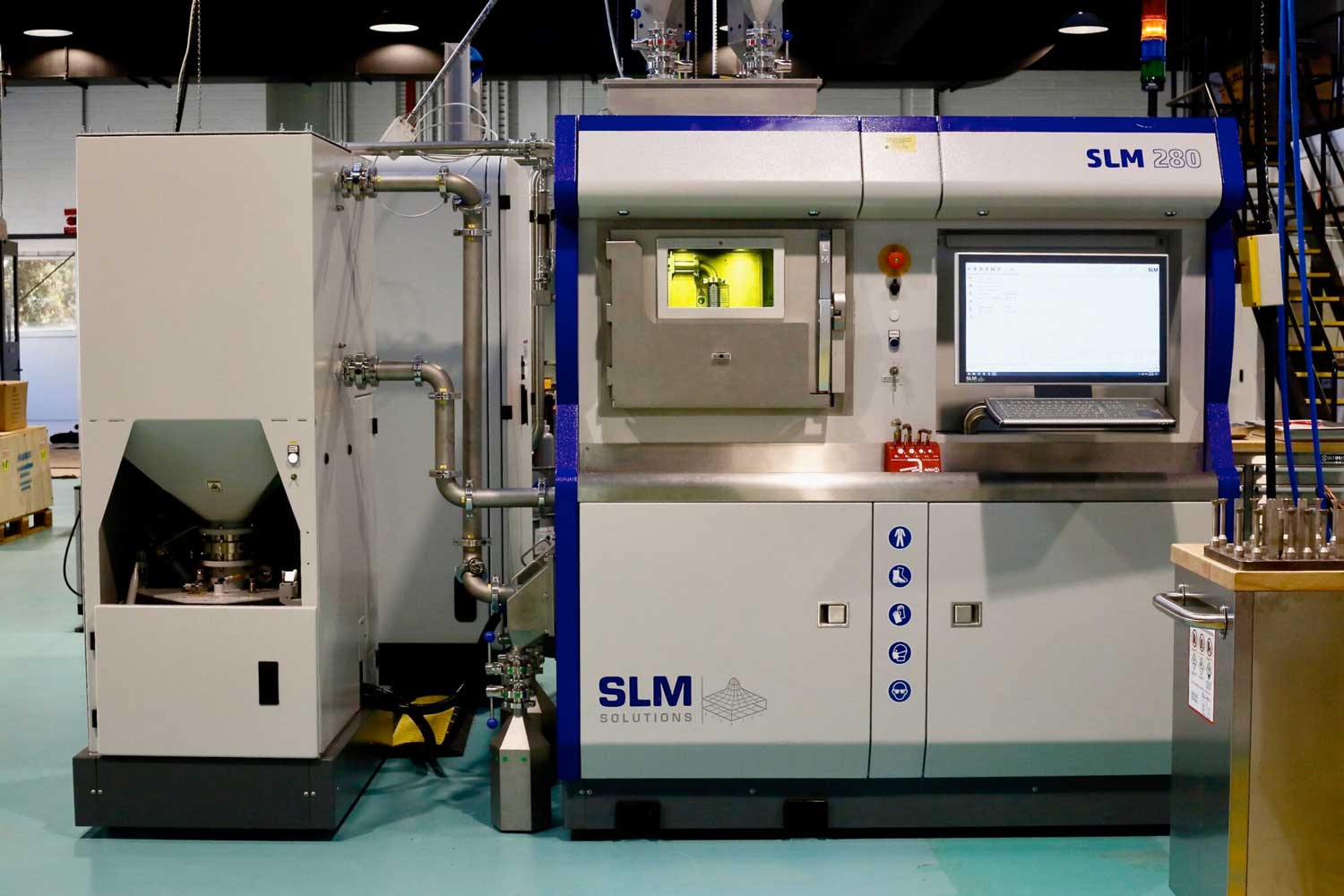The launch of a new multi-metal 3D printer in Melbourne as part of the iLAuNCH Trailblazer initiative aims to make space missions more affordable and efficient by producing lighter, faster and more robust space components.
“This capability is the first of its kind as a production machine in Australia, in fact the southern hemisphere, and iLAuNCH is pleased to open up new manufacturing possibilities for locally made products,” said iLAuNCH Trailblazer Chief Technology Officer Dr Joni Sytsma.
The Nikon SLM-280 Selective Laser Melting (SLM) machine at CSIRO‘s Lab22 enables the simultaneous printing of different metals in one continuous process. This technology is particularly suited to the aerospace sector, where high performance and lightweight materials are essential.
“Australian companies manufacturing satellites and rockets now have a real advantage to optimise their designs and improve performance, all made with a reduced lead time right here in Melbourne”, Dr. Joni Sytsma explained. “We anticipate that the additional capabilities of this technology can also bring forth novel super alloys that are capable of maintaining ultra-high strength at the ultra-high temperatures that hypersonic vehicles need to survive, with a view to hypersonic air travel in the future.”
The manufacturing costs for these complex geometries are very high when limited to conventional manufacturing processes. The multi-metal printer makes it possible to produce the oxidation-resistant layer together with the structural metal in a single operation, which shortens production times and ultimately reduces the cost of the resulting structure.
“We welcome Australian researchers and industry to access this technology for ultra-high performance applications at CSIRO’s Lab22 Innovation Centre, one of Australia’s leading centres for metallic additive manufacturing, located at CSIRO in Clayton Victoria,” said CSIRO’s Senior Research Scientist, Dr. Cherry Chen.
As light weight, high strength and high efficiency heat exchangers are critical in racing, aerospace and defense applications, this technology will enable the development of innovative aerospace products that are of high value to the entire ecosystem.
“Other uses to consider include satellite structure and componentry, as well as developing novel radiation shielding with alloys that are in development in the various laboratories under the iLAuNCH Trailblazer”, said Dr. Cherry Chen.
“For decades, the technology used to bond dissimilar metals was predominantly Hot Isostatic Pressure (HIP) or the actual welding or brazing of two unique metals into one component,” said Nikon SLM Solutions, Global Director, Business Development for Aviation and Defense, Donald Godfrey.
The introduction of SLM-280 technology by CSIRO marks the first time this technology has been used outside of Germany. It sets a new milestone in the aerospace and defense industry in terms of capabilities.
“Delivering Laser Powder Bed Fusion technology to generate a truly functionally graded material component to CSIRO marks the first time the technology has been taken out of Germany. This technology sets a new cornerstone in the aerospace and defence and space industry for what is possible”, said Godfrey.
For iLAuNCH Trailblazer projects, the SLM-280 technology will make potential space missions more cost-effective and efficient by creating lighter, faster and more robust space components.
Subscribe to our Newsletter
3DPresso is a weekly newsletter that links to the most exciting global stories from the 3D printing and additive manufacturing industry.





















